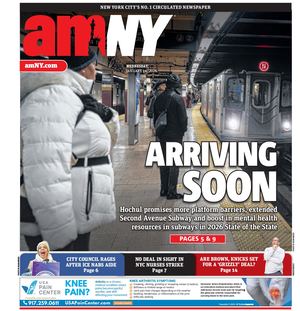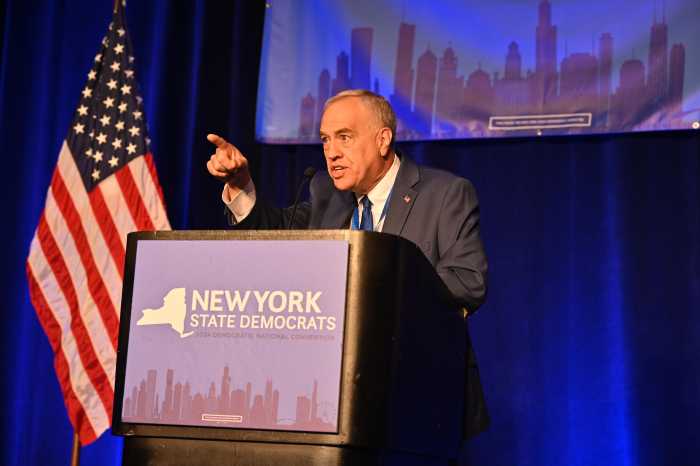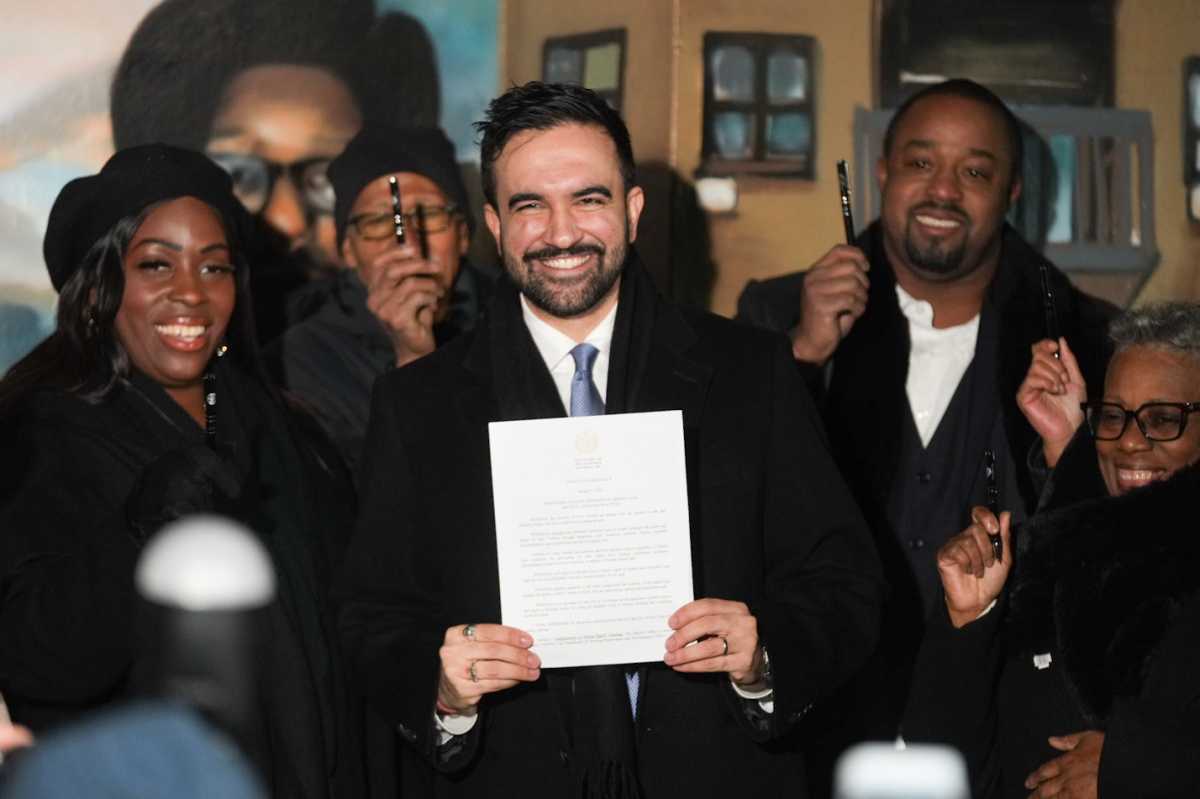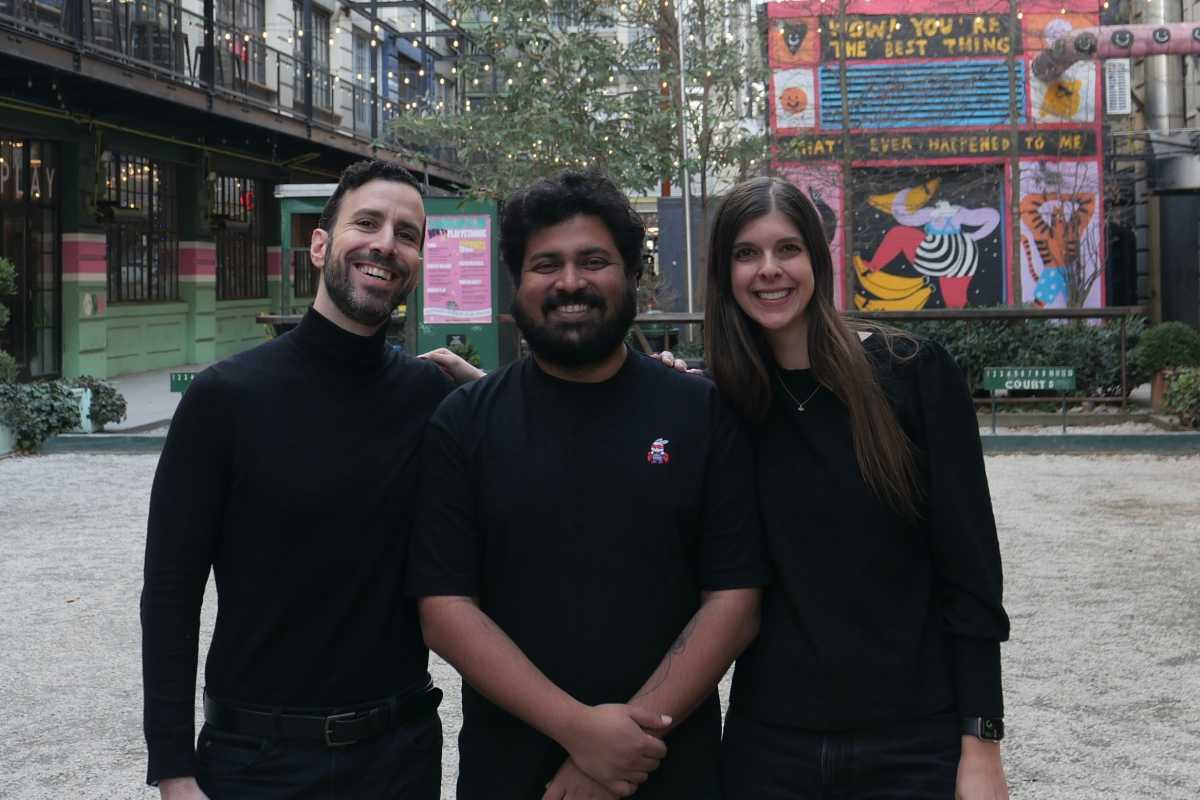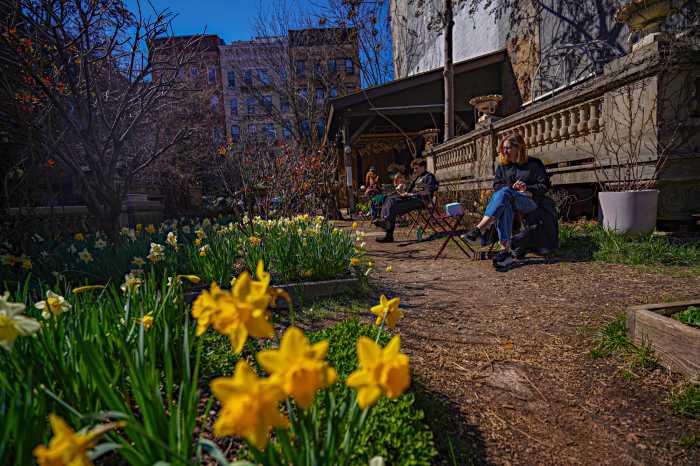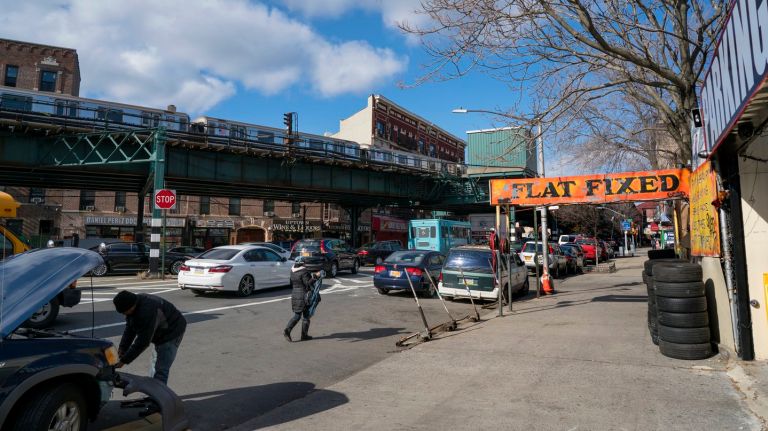
As the city proposes to rezone Inwood, some residents worry the plan to usher in denser apartment buildings could price out locals.
Such concerns are a common reaction to rezoning applications — in fact, the process in Inwood may best capture why there is widespread unease with how the government assesses the risk that zoning decisions will displace residents.
Under the city’s environmental review framework, just 2,218 of Inwood’s nearly 43,000 residents merit attention because they may have a harder time hanging onto their homes.
This pressure is assumed not to weigh down the rest of the neighborhood, which lives in public housing, rent-regulated apartments or other subsidized homes, according to environmental review documents. Inwood and Washington Heights have the distinction of being the community district with the highest proportion of rent-regulated housing, according to several elected officials.
Some advocates believe the city’s calculation tactics overlook tenants who could be vulnerable if a rezoning lures in new residents and if landlords are incentivized to push apartments out of the rent-stabilization program, according to Jennifer Levy, a Legal Aid attorney involved with lawsuits over the city’s displacement risk estimations in two prior rezonings.
“We know from our experience that the displacement pressure from upward market trends is real for renters in rent-stabilized and market-rate rents,” Levy said.
Fernando Sedeno, 35, who has lived in the neighborhood for 11 years, said he is worried the rezoning will drive up housing costs.
“It seems like it will bring in a certain type of gentrification,” said Sedeno, who works at Indian Road Cafe. “This affordable housing will start pushing out residents.”
The city’s Economic Development Corporation, which is steering the proposal, argues the plan will help the city partner with developers to expand the area’s portfolio of affordable housing.
EDC envisions rezoning 62 blocks north of Thayer and Dyckman streets so that housing can rise east of 10th Avenue, where there are currently a number of auto shops and warehouses. In the rest of the neighborhood, the plan would permit the construction of residences that are larger than the many existing walk-ups. In the majority of the area in question, the rezoning would institute building height caps, where none currently exist.
The proposal also calls for replacing the local library with a 100-unit affordable housing building that contains a pre-K space and a more modern library branch.
Under the plan, a quarter of apartments in all new residential buildings will be set aside for families, whose incomes average out to 60 percent of the metro area median income, currently $48,960 for a single person. The median household income in Inwood is $46,260, according to the city environmental review documents.
But Nova Lucero, a community organizer with Northern Manhattan Is Not For Sale, believes the crop of new, below-market-rate homes would not be enough to help the many rent-regulated tenants. They will remain at the whim of landlords that use loopholes in state law to raise rents, according to Lucero.
“We want a lot more protection to preserve these small businesses and homes,” Lucero said. “We want to make sure this is feasible and see what is better in the long-run. This can’t be a Band-Aid solution.”
EDC officials said the city has set aside $275 million to help nonprofits acquire and fix up rent-stabilized apartments. The city is also launching a pilot program to investigate allegations of landlords harassing tenants in rent-stabilized apartments and to prevent owners from undertaking cosmetic, rather than practical, renovations.
EDC officials said they would continue to take local needs into account. The corporation has spent nearly three years shaping the plan with community input, according to EDC spokeswoman Stephanie Báez.
“By updating the community’s antiquated zoning laws, we will protect and develop affordable housing, modernize infrastructure, deliver waterfront open space, create good jobs and support small businesses,” Báez said in a statement.
The area’s congressman, Adriano Espaillat, has called for the city to pull the proposal and put forward a plan that ensures all new residential buildings would contain nothing but affordable apartments. He claims there are 14 lots in Inwood where 5,000 new affordable apartments could be constructed. Both private and nonprofit developers have expressed interest in the projects Espaillat envisions, he said.
“That is what the city should be doing — contacting lot owners and (seeing) if you’re interested in affordable housing,” Espaillat said.
The proposal’s fate will ultimately be decided by a City Council vote after months of public review.
In the interim, some in Inwood are expressing reservations.
“I don’t want to see the neighborhood change at all,” said John Garlepp, 80, who has lived in the area, on-and-off, for his entire life. “If they want to build some buildings the same size — five or six-story — (that’s) not too bad.”
The local community board’s executive committee unanimously passed an 11-page resolution detailing several recommended changes to the proposal. The full community board is slated to officially weigh in on the plan Tuesday night.
With Max Parrott
